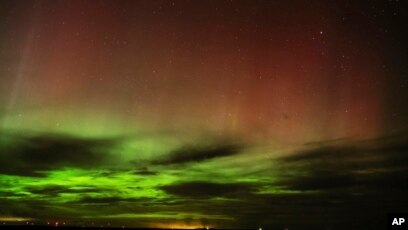
The Importance of Aurora Borealis Geomagnetic Storms
The aurora borealis, or northern lights, is a natural spectacle that captivates many, especially those living in northern regions. However, the beauty of these lights is not just cosmetic; they are a direct result of geomagnetic storms, which are crucial to understanding space weather and its impact on Earth. With recent geomagnetic storm activity increasing, including an uptick in visibility of the aurora borealis across more southern latitudes, understanding these phenomena has never been more relevant.
What Are Geomagnetic Storms?
Geomagnetic storms occur when solar wind—which consists of charged particles emitted by the sun—interacts with the Earth’s magnetic field. These storms can cause disturbances in the magnetosphere, leading to the mesmerizing display of lights that many associate with the aurora borealis. Recent studies indicate that these storms are becoming more frequent, correlating with the sun’s 11-year solar cycle.
Recent Events
In mid-October 2023, a significant geomagnetic storm swept across northern parts of Canada, the contiguous United States, and even as far south as Mexico. Meteorologists reported that the K-index, which measures geomagnetic activity, peaked as high as eight, indicating severe geomagnetic disturbances. This resulted in stunning auroras visible in areas not typically known for such displays.
These geomagnetic storms can result in more than just visual displays. They can interfere with satellite operations, navigation systems, and even electrical grids. The North American Electric Reliability Corporation issued advisories warning about potential impacts on power systems during this recent event, underscoring the importance of monitoring solar activity.
The Future of Aurora Borealis and Geomagnetic Storms
Scientists predict that as we approach the solar maximum, expected in 2025, we can anticipate more intense geomagnetic storms and therefore, more frequent auroras. Researchers from the NOAA’s Space Weather Prediction Center emphasize the significance of ongoing observation and prediction of solar activity, as society increasingly relies on technology that can be affected by these storms.
Conclusion
The recent surge in geomagnetic storms illustrates their impact not only on our planet’s aesthetic but also on technology and communication systems. As we move towards a solar maximum, it becomes essential for both enthusiasts and professionals to stay informed about solar activity. The aurora borealis remains both a symbol of nature’s beauty and a reminder of the dynamic interactions between Earth and the cosmos.

